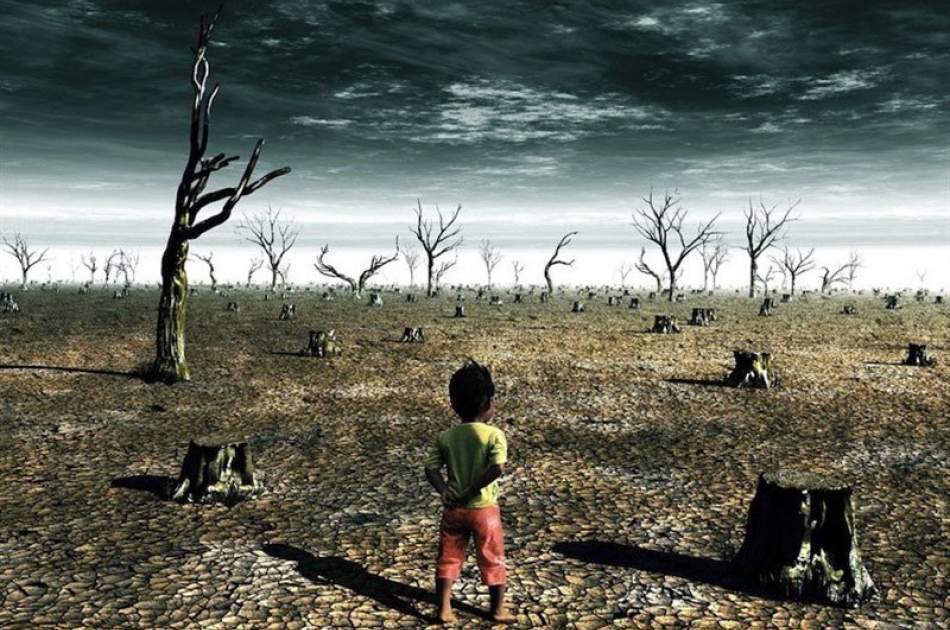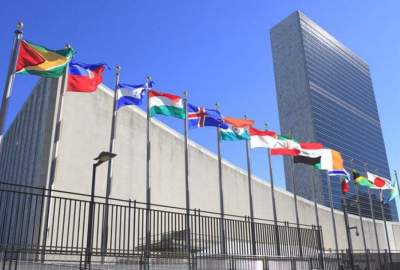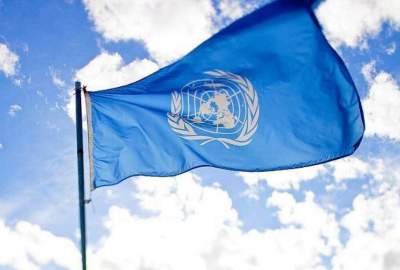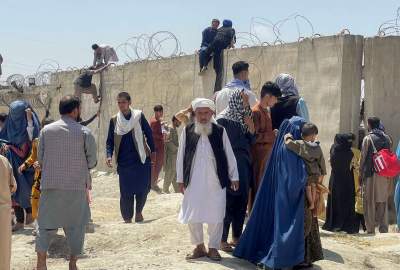The World Meteorological Organization affiliated with the United Nations announced that bad climatic conditions, along with global warming caused by human actions, have led to the death of 2 million people and 4 trillion dollars in damage to the global economy in the last 50 years.
Publish dateTuesday 23 May 2023 - 14:03
Story Code : 270527
Afghan Voice Agency (AVA) - International Service: According to the World Meteorological Organization report, weather conditions, climate and water hazards have led to the occurrence of nearly 12 thousand disasters between 1970 and 2021.
Developing countries have suffered the most damage in this field, and 9 out of every 10 deaths caused by bad weather conditions were in developing countries, and 60% of economic damages caused by weather and climate shocks in this country.
"Unfortunately, the most vulnerable communities bear the brunt of extreme weather, climate and water problems," said Petri Talas, Secretary-General of the World Meteorological Organization.
The World Meteorological Organization reported that in less developed countries, several climate disasters occurred in the last half century, which damaged 30% of their economic growth.
According to this organization, in developing and small island countries, out of every five climate and weather disasters, one disaster has an impact "more than five percent" of their GDP, and some disasters reduce the entire GDP of the countries.
Asia has suffered the most damage and human casualties due to severe weather and climate conditions and water-related problems in the last 50 years, and nearly one million people, more than half of whom are in Bangladesh alone, as a result of these conditions in They have lost their lives in the last 50 years.
The World Meteorological Organization announced that in Africa, the phenomenon of drought was the reason for 95% of the 733,000 deaths reported due to weather disasters.
Since 2020, the World Meteorological Organization has announced estimates of the possibility of the world crossing the threshold of 1.5 degrees Celsius. At that time, the organization predicted that the chance or probability of crossing this threshold in the next five years (until 2025) is less than 20%. By last year, that probability had risen to 50 percent, and now it's 66 percent, which scientists say means it's "more likely to happen than not."
This number is not a direct measure of the global temperature, but it is an indicator of how much the world has warmed compared to the long-term average. Scientists use average temperature data between 1850 and 1900 as a measure of how warm the world was before the modern era's dependence on coal, oil, and gas.
For decades, scientists believed that if the world warmed by about 2 degrees this would be a threshold for dangerous effects, but in 2018 they revised that estimate and showed that crossing the threshold of 1.5 degrees would be catastrophic for the world.
Developing countries have suffered the most damage in this field, and 9 out of every 10 deaths caused by bad weather conditions were in developing countries, and 60% of economic damages caused by weather and climate shocks in this country.
"Unfortunately, the most vulnerable communities bear the brunt of extreme weather, climate and water problems," said Petri Talas, Secretary-General of the World Meteorological Organization.
The World Meteorological Organization reported that in less developed countries, several climate disasters occurred in the last half century, which damaged 30% of their economic growth.
According to this organization, in developing and small island countries, out of every five climate and weather disasters, one disaster has an impact "more than five percent" of their GDP, and some disasters reduce the entire GDP of the countries.
Asia has suffered the most damage and human casualties due to severe weather and climate conditions and water-related problems in the last 50 years, and nearly one million people, more than half of whom are in Bangladesh alone, as a result of these conditions in They have lost their lives in the last 50 years.
The World Meteorological Organization announced that in Africa, the phenomenon of drought was the reason for 95% of the 733,000 deaths reported due to weather disasters.
Since 2020, the World Meteorological Organization has announced estimates of the possibility of the world crossing the threshold of 1.5 degrees Celsius. At that time, the organization predicted that the chance or probability of crossing this threshold in the next five years (until 2025) is less than 20%. By last year, that probability had risen to 50 percent, and now it's 66 percent, which scientists say means it's "more likely to happen than not."
This number is not a direct measure of the global temperature, but it is an indicator of how much the world has warmed compared to the long-term average. Scientists use average temperature data between 1850 and 1900 as a measure of how warm the world was before the modern era's dependence on coal, oil, and gas.
For decades, scientists believed that if the world warmed by about 2 degrees this would be a threshold for dangerous effects, but in 2018 they revised that estimate and showed that crossing the threshold of 1.5 degrees would be catastrophic for the world.
avapress.net/vdccixqim2bqmp8.-ya2.html
Tags
Top hits












